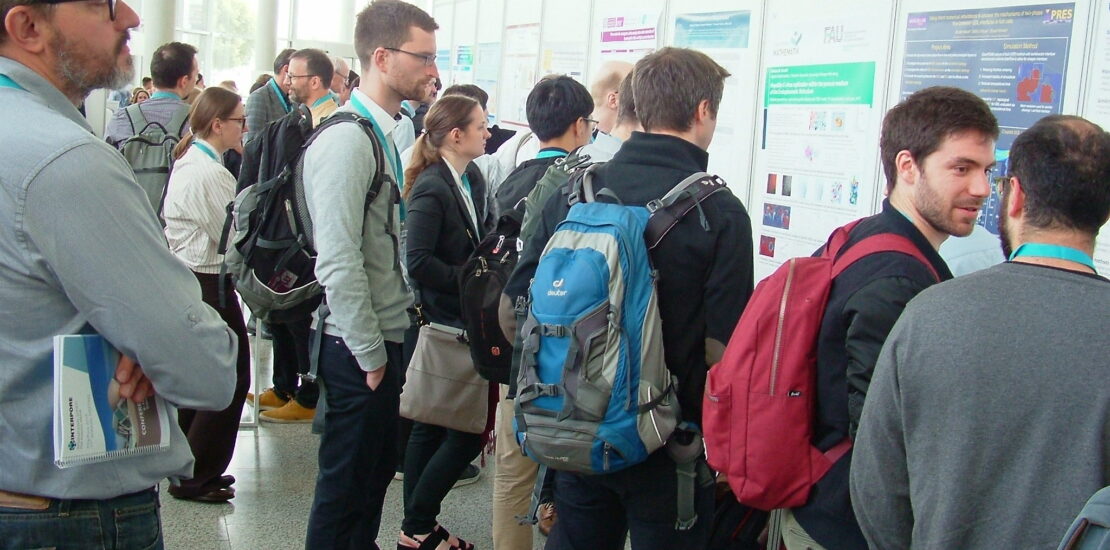- June 13, 2020
- Posted by: saeed
- Category:

Lecturer 2019:
Professor Mark Knackstedt
Australian National University

Bio
Mark Knackstedt is Professor at the Department of Applied Mathematics at the Australian National University (ANU). He received his BSc degree at Columbia University and PhD in Chemical Engineering at Rice University. He has been in Australia since 1990 — primarily at ANU with a brief successful stint with a startup for the oil and gas sector. He is the current Interpore Kimberley Clark Distinguished Lecturer. He has was awarded the George C. Matson Memorial Award from the AAPG in 2009, the ENI award for New Frontiers in Hydrocarbon Research in 2010, the 2015 Society of Petroelum Engineering Distinguished Lecturer award and several Distinguished Speaker awards from the Society of Petrophysicists and Well Log Analysts. He has been elected a Fellow of the Australian Academy of Technological Sciences and Engineering since 2012.
Title of the lecture: Digital Materials Design
Digital materials design (DMD) coupled with new manufacturing techniques are emerging technologies that have the potential to revolutionize product realization on a global scale. The Economist magazine likened the emergence of these novel imaging, modelling and manufacturing methods to the start of the third industrial revolution. The medical community is harnessing new manufacturing methods for custom prosthetics and medical implants. The concept of a “patient-specific” surgical implant, designed and fabricated on demand to fit an individual is now viable. Clinical outcomes can be further improved by introducing 3D imaging and visualisation in real time into surgical procedures. In defence, resource and automotive industries, new manufacturing methods will accelerate replacement of critical high valued components and legacy parts and enable the remote mobile fabrication of key components. A new manufacturing paradigm also permits innovative product design including incorporating multiscale biomimetic principles—this results in a vast new design solution space for product optimisation. Companies and laboratories now need to turn their attention to detailed multiscale structure, synthesis, processing, properties, and performance characteristics of the materials (most of them porous) that will fundamentally determine the success or failure of direct customised components.
The key to DMD is access to efficient facilities and tools to characterise material structure and function at multiple scales (from nanometers to structural sizes), in multiple states (relaxed vs under compression, before/after reaction or dissolution) and with multiple probes (multiple x-ray spectra, SEM, chemical imaging with infrared spectroscopy, etc.). Experimental data can then be used to support and validate multiscale simulation work within a DMD environment.
This presentation will first outline the development of an integrated DMD workflow based on 3D multiscale imaging, analysis and modelling for geomaterials. The key aim was to “image and compute” – imaging and digitising the pore space and mineral matrix of natural rock and then numerically simulating various physical processes in this digital object to obtain macroscopic rock properties including multiphase flow, electrical conductivity, and elastic response. The presentation discusses the potential for the technology to have a much broader reach beyond the geoscience arena—touching companies and industries and giving rise to a wide range of machines, products, or services.
Examples include:
– Designing innovative new customized materials and components with improved system performance
– The development of design rules which enable the bespoke production of personalized medicines via a variety of delivery vehicles including tablets, implants and devices.
– Use of imaging, fast rendering and 3D visualization to improve surgical precision and reduce operating times in clinical settings.
– Designing improved durability of wood products and foamed materials
